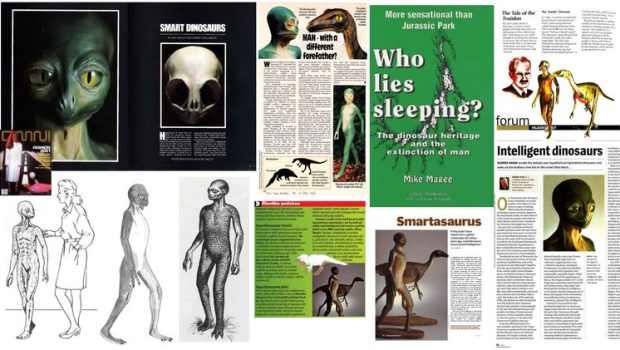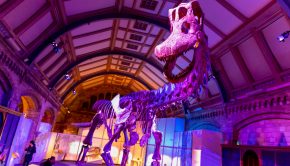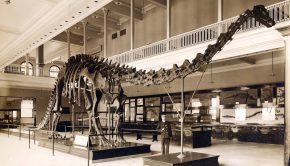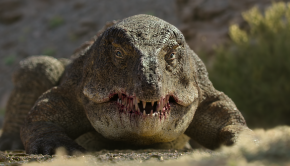Episode 144: Russell’s Dinosauroid
The end-Cretaceous mass extinction was caused by a large asteroid that struck the Yucatan Peninsula, Mexico. Within an instant, the course of history was altered and the non-avian dinosaurs went extinct. As we piece together the timeline of the event, assisted by such amazing sites as Tanis, we can’t help but think “what if the asteroid had missed and this extinction never happened?”.
Dr Dale Russell of the Canadian Museum of Nature decided to explore this question further than most. He, along with model-maker Ron Séguin, produced a speculative model of what the Late Cretaceous dinosaur, Stenonychosaurus, might have evolved into had the extinction event not happened. This ‘dinosauroid’ has proven to be very controversial to say the least.
In this episode, we’re joined by Dr Will Tattersdill, a literary critic and expert in science fiction from the University of Birmingham, UK. He gives us unique insights into the dinosauroid, as we explore its concept, reception and legacy. We weigh up the value of the model as piece of palaeoart, as an academic statement, and as a conversation starter.
This episode is based on Naish and Tattersdill 2021, utilising material from this Tet Zoo article.
A common theme within science fiction is the anachronistic placement of an animal or person in a time they don’t belong. Whether someone is transported by a time machine, or a prehistoric animal survives to the present day, the appeal of exploring such stories can’t be denied.
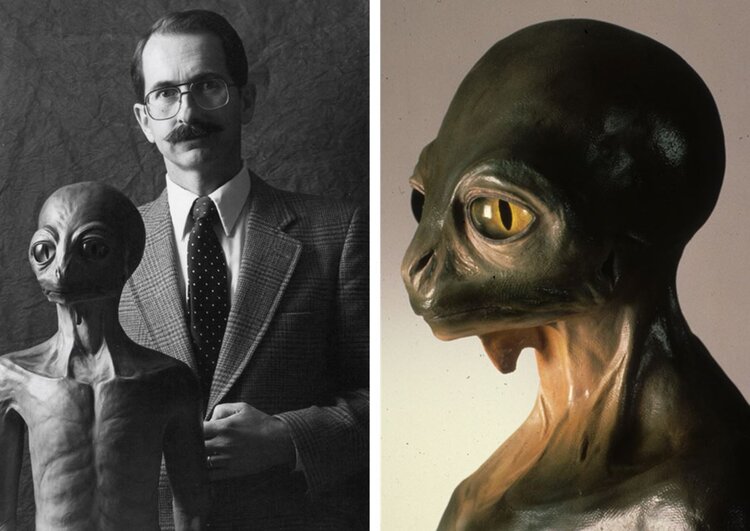
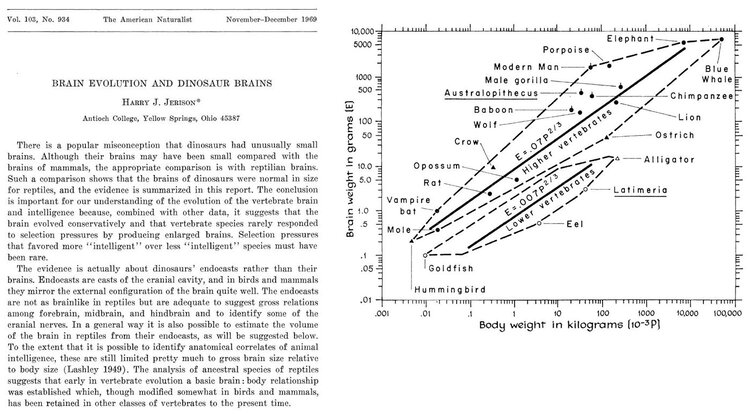
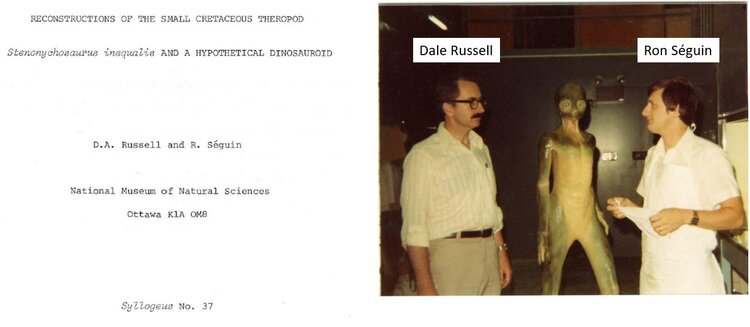
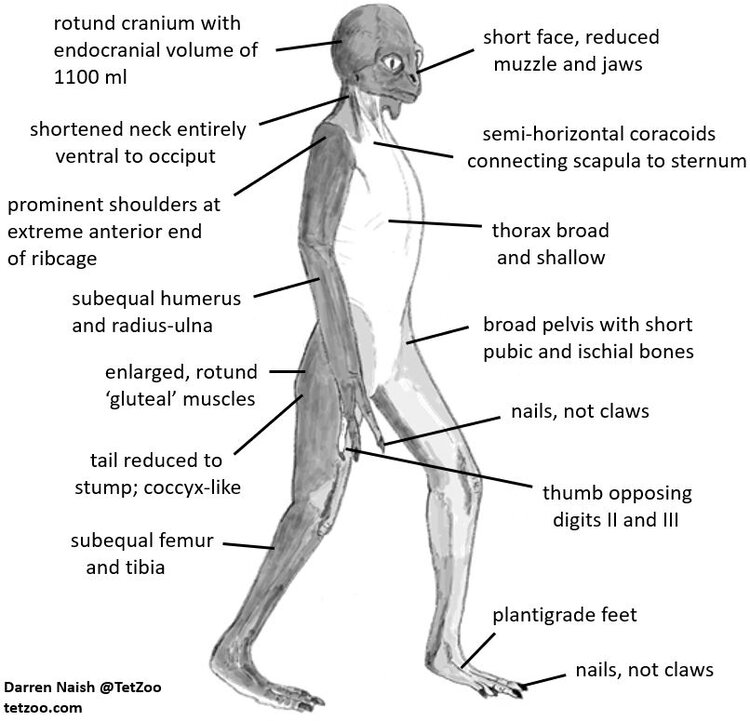
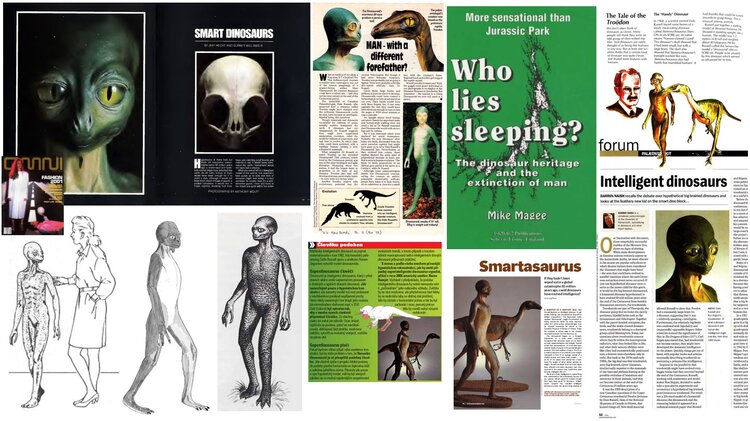
Is the model plausible? Does its value lie in the conversations it starts? Does it divert attention away from real science? Image via TetZoo.
He’s just hanging out, being Herman 😌 pic.twitter.com/Pwl1vwro3C
— Museum of Nature (@MuseumofNature) September 14, 2022
The Dinosauroid (named Herman) now hangs out in the Canadian Museum of Nature, although not on public display.

